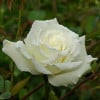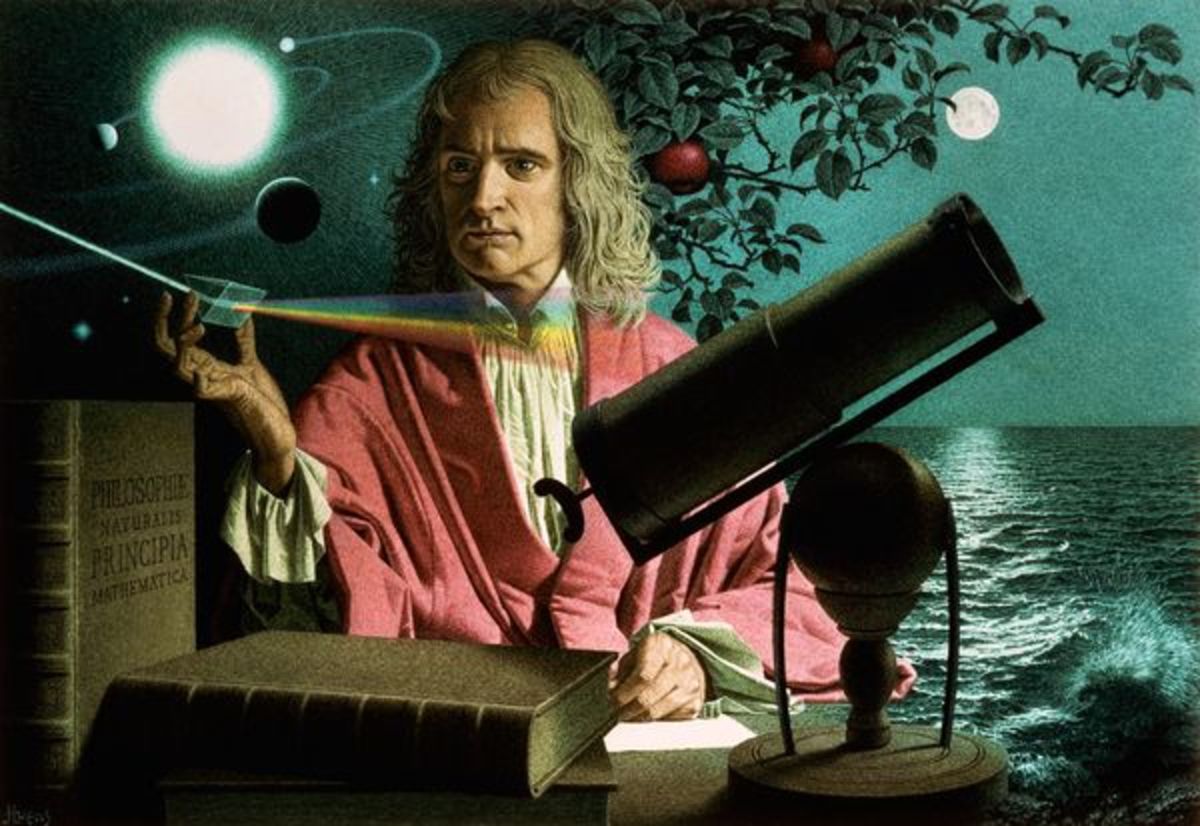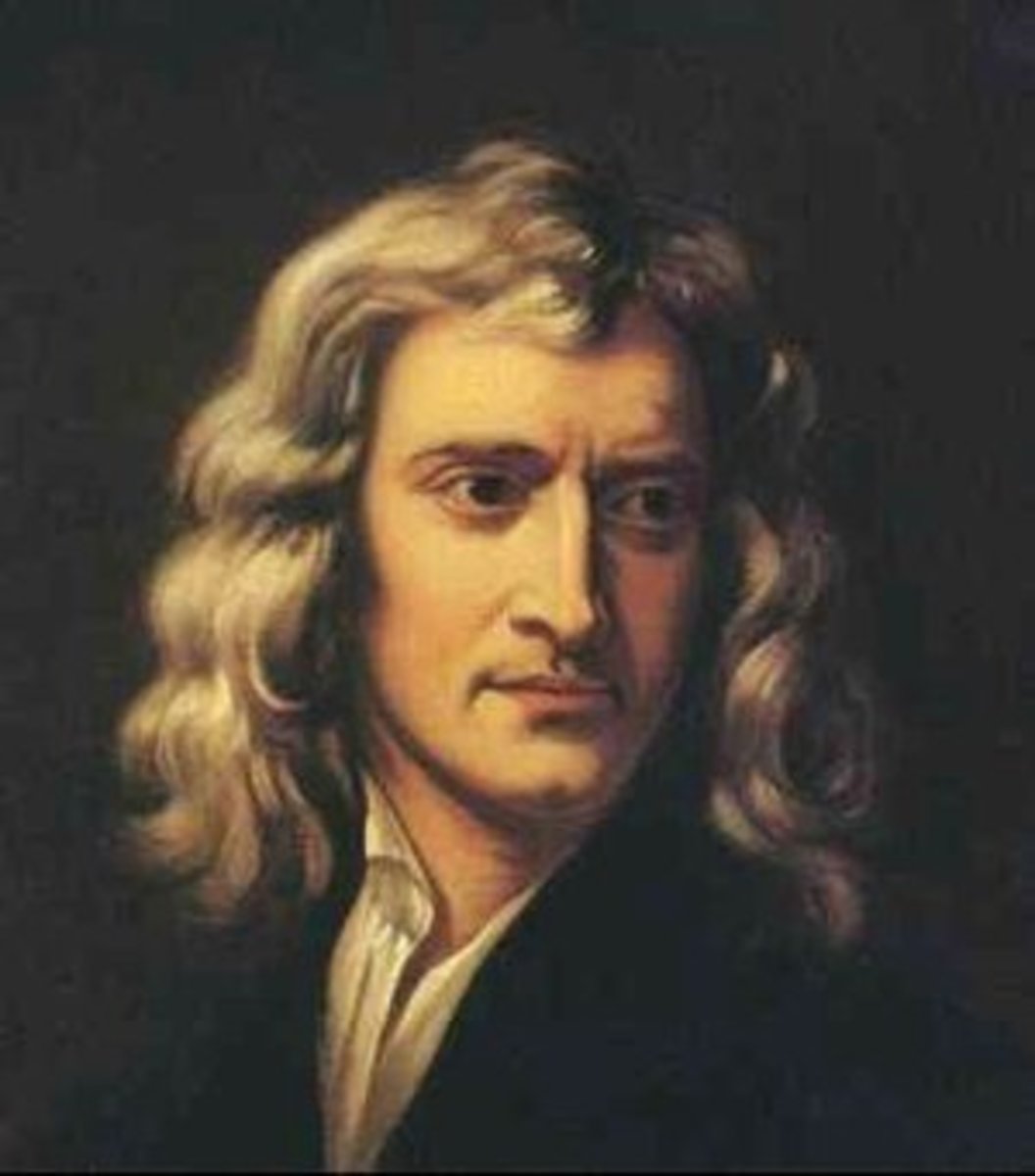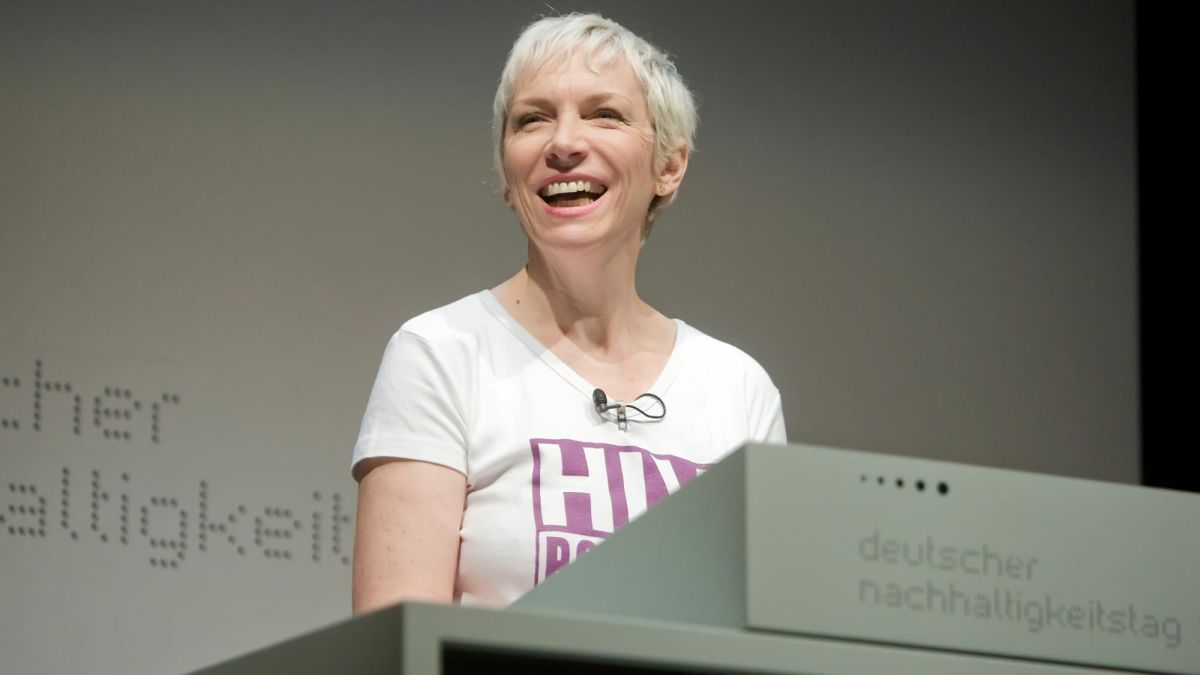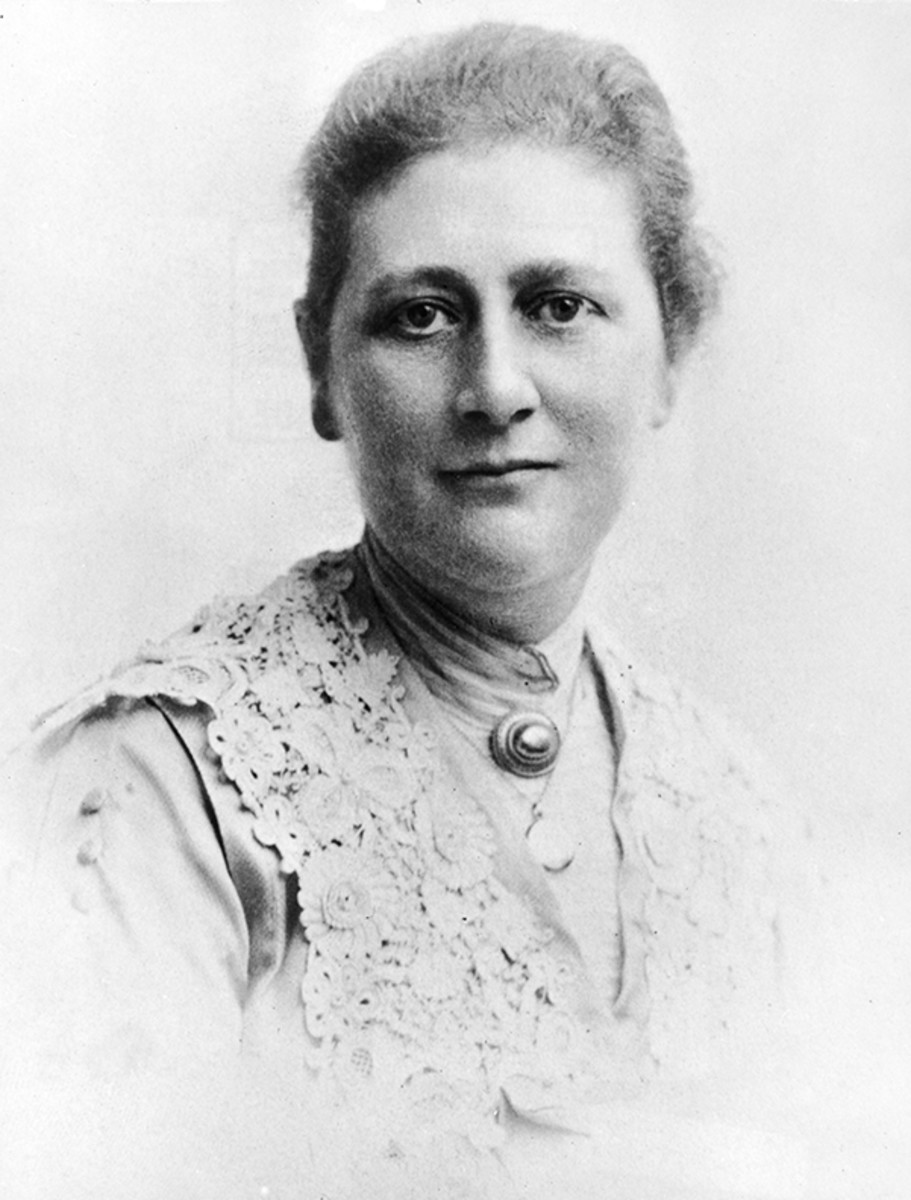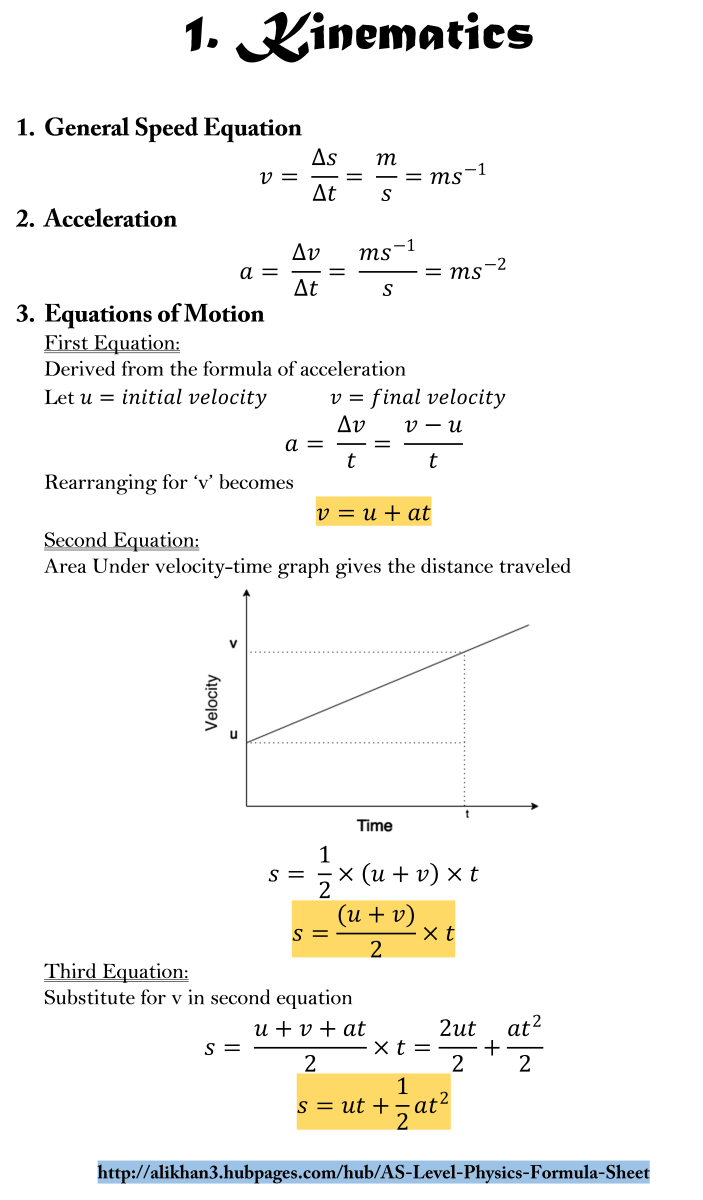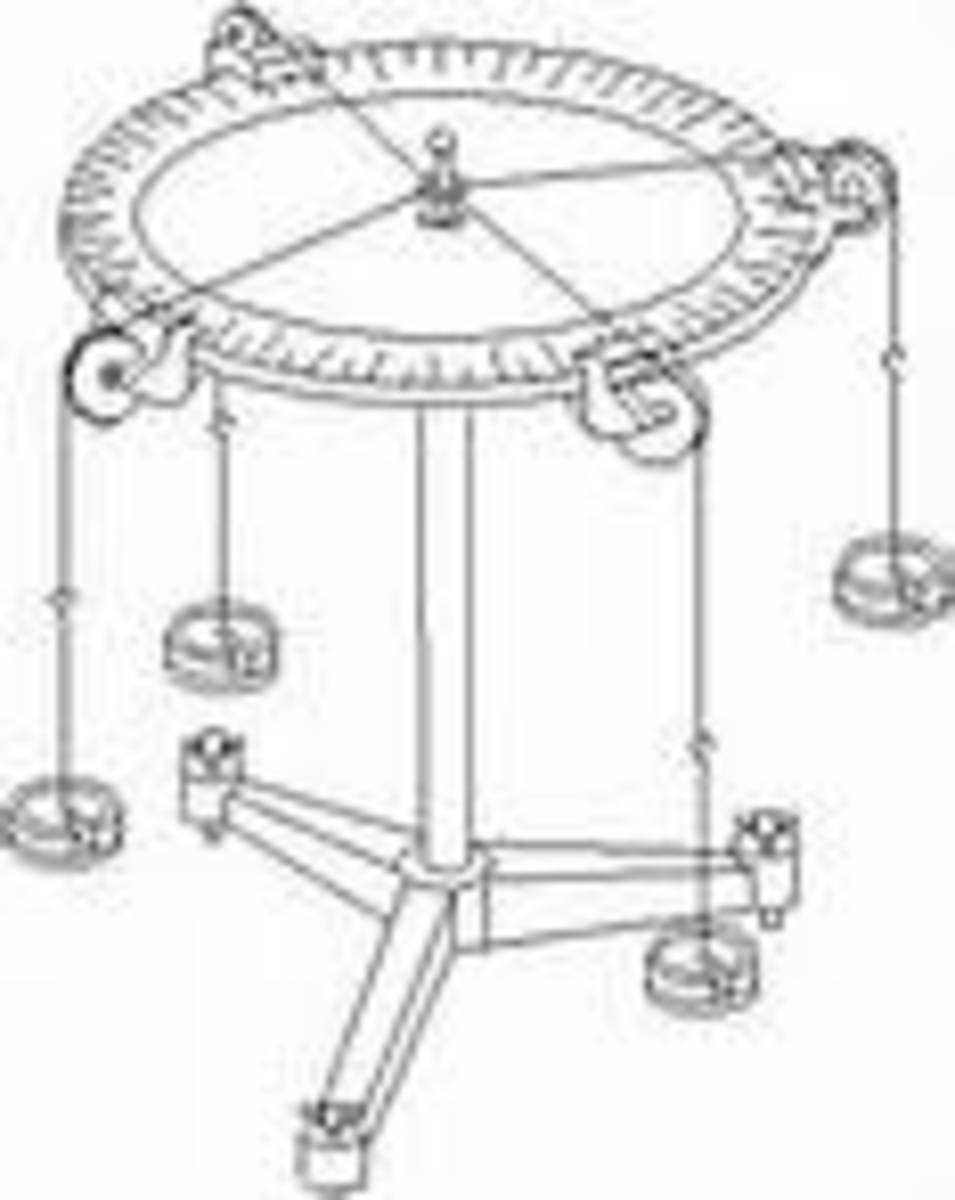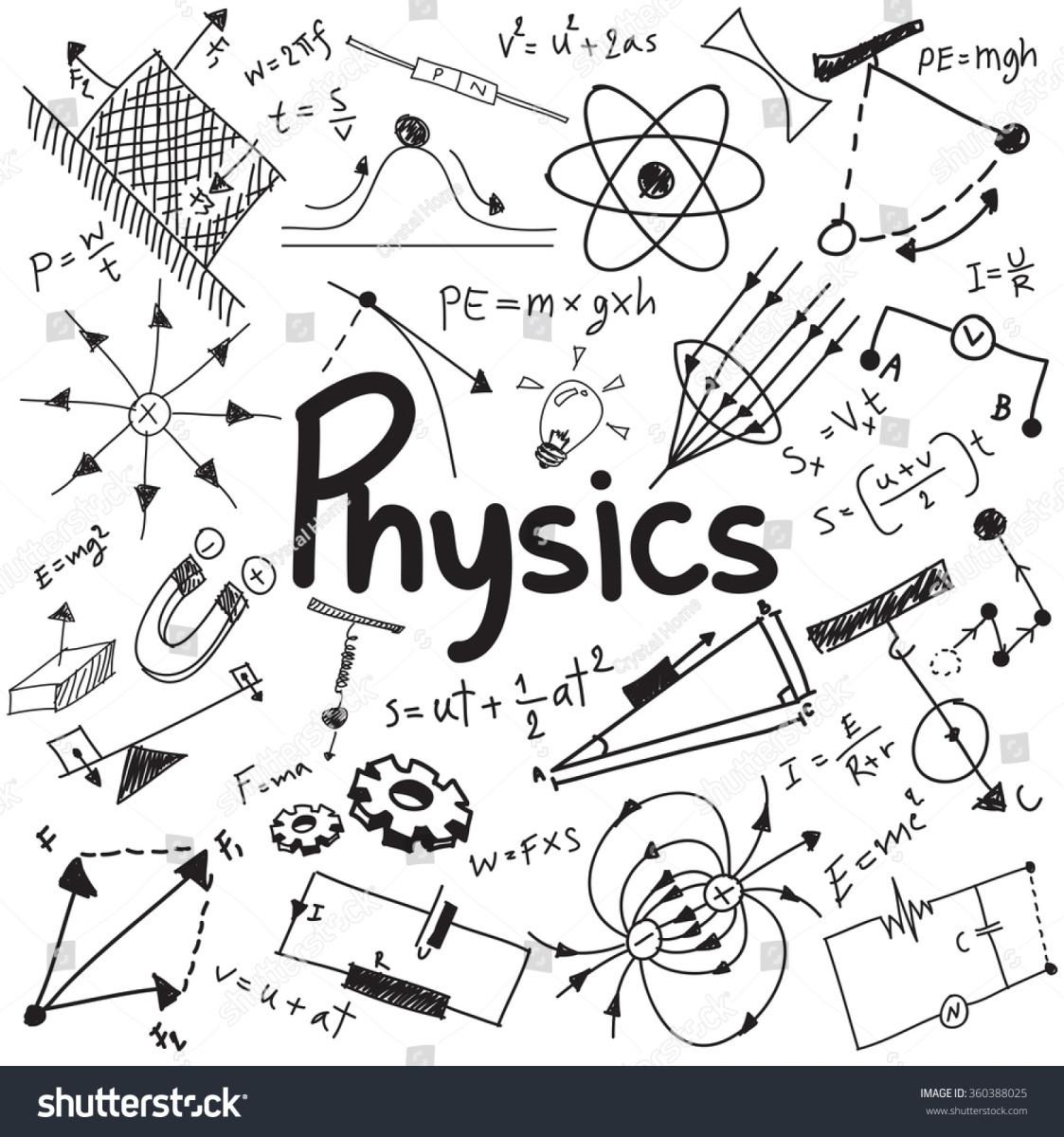Isaac Newton
Early Life And Education
According to the Gregorian calendar, Newton was born on January 4 that year in Woolsthorpe, Lincolnshire.
Named Isaac after his late father, who had died some three months before his birth, Newton came from a family of farmers. His father, although he was wealthy because of the land and animals he owned, was totally illiterate. He couldn't even sign his own name. When he was just two years old, Newton's mother Hannah Ayscough remarried leaving him in the care of his grandmother. Treated as an unwanted orphan child, Newton had a sad childhood.At the age of five, Newton was sent to the Free Grammar School in Grantham where he showed no aptitude for studies. Some years later when his stepfather died too, his mother decided to take him out of school so that he could help her manage her estate. But the boy had no talent or interest in this field either. Since one of his uncles, William Ayscough, wanted to see him educated, he persuaded his mother to send the boy back to school. So at age 17 in 1660, Isaac returned to the Free Grammar School in Grantham. Since the school was a bit far away from his home, he lodged in with Stokes, the school's headmaster. The man must have been a good influence on Newton as this time around he actually enjoyed studying.When he had finished formal schooling, the headmaster persuaded his mother to let him enter university. Stokes was an able man who also became the boy's tutor preparing him for the university entrance exam. That is how on June 5, 1661, Isaac Newton entered Trinity College in Cambridge. Older in age than the other students there, Newton entered university as a sizar. A sizar at Cambridge was a student who received an allowance toward college expenses in exchange for acting as a servant to other students, which was ironic because Newton's mother was financially well off.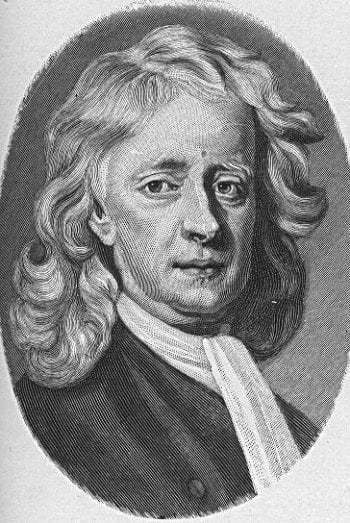
Newton's Works
Initially Newton aimed for a law degree at Cambridge. His other subjects included philosophy, which allowed him to study the works of intellectual greats of the likes of Aristotle, Descartes, Gassendi, Hobbes, and Boyle. He also found the mechanics of the Copernican astronomy of Galileo and Kepler's optics interesting. By 1664, he recorded his thoughts in a book which he entitled Quaestiones Quaedam Philosophicae (Certain Philosophical Questions).
Also around this time, Newton bought for himself an astrology book at a fair in Cambridge and found that he could not understand the mathematics in it. Attempting to read a trigonometry book, he found that he lacked knowledge of geometry and so decided to study that as well. Pretty soon he found himself studying all branches of mathematics. The April of 1665 saw Newton receive his bachelor's degree but due to the spreading of plague in the summer that same year, the University had to be suddenly closed.
With time on his hands Newton began revolutionary advances in mathematics, optics, physics, and astronomy. In the following 18 months, he made a series of original contributions to science. After innumerous experiments he reached the conclusion that white light was not a basic single entity as believed earlier. When he passed a thin beam of sunlight through a glass prism, Newton noted the spectrum of colours. He realized that the white light was really a mixture of many different types of rays which are refracted at slightly different angles, and that each different type of ray produces a different spectral colour. Led by this reasoning Newton reached the conclusion that telescopes using refracting lenses would always suffer chromatic aberration. He therefore proposed and constructed a reflecting telescope.
Still Newton's greatest achievement was his work in physics. Lazing under an apple tree, the scientist was hit by an apple on his head, which got him thinking as to why the fruit had come down instead of going up? There had to be some kind of a force pulling the apple downwards. The scientist called this force gravity. He believed that the Earth's gravity extended to the moon. By 1966, Newton had formulated early versions of his three laws of motion.
When university reopened in 1667, Newton put himself forward as a candidate for a minor fellowship at Trinity College. One year later, after earning a Master's degree, he was elected to a major fellowship in July 1668, which allowed him to dine at the Fellows' Table. In 1669, before he had reached his 27th birthday, he became the Lucasian Professor of Mathematics there. The duties of this appointment offered Newton the opportunity to organize the results of his earlier optical researches. In 1671, he donated an improved version of his telescope to the Royal Society in London.
Soon after, in 1672, he was elected a fellow of the society. Later that year Newton published his first scientific paper, which dealt with his new theory of light and colour. The paper was well received by the entire world with the exception of two leading natural philosophers of that time, Robert Hooke and Christian Huygens, who rejected the theory outright. Newton, who did not take well to rejection, suffered a serious emotional breakdown. He withdrew from public scientific debates for about a decade devoting his time to chemical and alchemical research.
But then Hooke wasn't that big a hurdle. Ironically, it was he who helped give life to Newton's theories on gravitation. In November 1679, Hooke initiated an exchange of letters that bore on the question of planetary motion. The correspondence made Newton think more deeply on the subject.
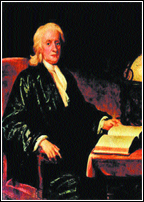
His Most Famous Book
In 1684, a young astronomer by the name of Edmund Halley asked Newton to write an extended paper on his laws of motion and the problems of orbital mechanics. After 18 months of hard work, in 1687, Newton published his most famous work, the greatest scientific book ever written, Principia.
With the publication of Principia, Newton got recognition as the leading natural philosopher of his time. But just six years later, he suffered a nervous breakdown and retired from scientific research. Shortly after his recovery, Newton sought a new position in London. In 1696, with the help of Charles Montague, a fellow of Trinity and later earl of Halifax, Newton was appointed Warden and then Master of the Mint.
During his London years Newton enjoyed power and worldly success. His position at the Mint assured a comfortable social and economic status, and he was an active and able administrator. In 1703, after Hooke's death, he was elected president of the Royal Society and was reelected each year till his death. In 1704 he published his second major work, the Opticks, based largely on optical research which he had completed decades ago. In 1708, knighted by Queen Anne, he became the first scientist to be honoured for his work.
Sir Isaac died in London on March 20, 1727. He was buried in Westminster Abbey. Today Sir Isaac Newton is regarded as the most original and influential theorist in the history of science. Almost three centuries after his death, his work continues to be as useful as it was in his day. The man was a real genius.
